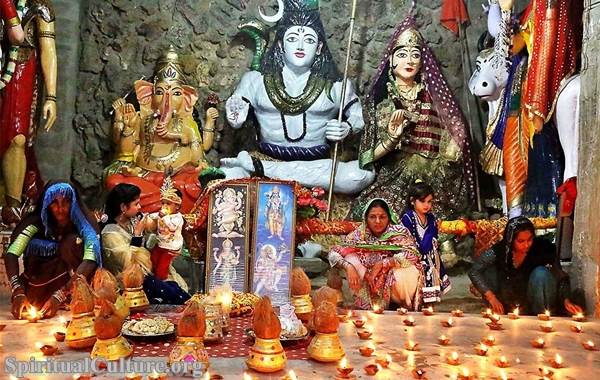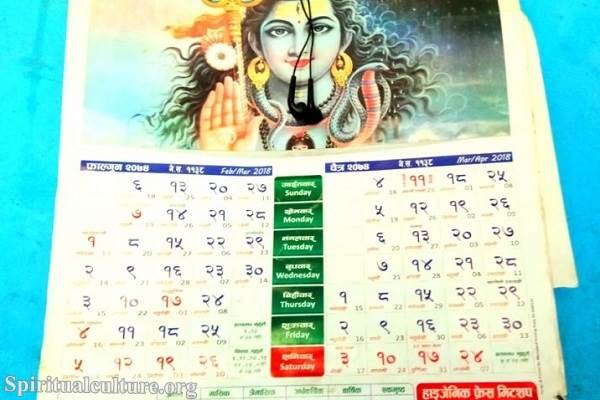Hindu temples are not merely places of worship. They are sanctuaries of geometry, symmetry, and profound symbolism — crafted to mirror the structure of the universe and the journey of the soul toward the divine. As “Spiritual Culture,” we invite you to explore how ancient architects turned sacred mathematics into stone, and why every detail — from the base to the spire — tells a timeless spiritual story.
In this article, we will explore the spiritual foundations of Hindu temple architecture, its symbolic meanings, the science behind its design, and how it continues to shape cultural and spiritual life. Whether you’re a student of history, a seeker of truth, or someone simply in awe of sacred beauty, this journey into the heart of temple architecture reveals more than art — it reveals a cosmic worldview chiseled into stone.
The Temple as a Cosmic Body
Microcosm and Macrocosm in Harmony
A Hindu temple is not designed arbitrarily. It is a three-dimensional expression of a spiritual truth: that the universe (macrocosm) and the individual soul (microcosm) are reflections of one another. This philosophy, rooted in the Vedas and Upanishads, drives every aspect of temple construction.
“Yatha pinde tatha brahmande” — As is the body, so is the cosmos.
From the Garbhagriha (the innermost sanctum) representing the heart, to the Shikhara (spire) symbolizing the ascent toward higher consciousness, the temple is a symbolic human form — and walking through it is akin to moving through one’s own spiritual anatomy.
Sacred Proportions and Human Form
Traditional temple architecture draws on proportions based on human measurements, such as the tala system, where the body is divided into symbolic ratios. The temple is often visualized as Purusha, the cosmic being described in the Purusha Sukta of the Rig Veda — whose body is the source of all creation.
Mandala: The Blueprint of the Divine
The Vastu Purusha Mandala
Every Hindu temple begins with a Mandala — a geometric diagram that maps out the universe. At the heart of this design lies the Vastu Purusha, the spirit of space and architecture. This grid, usually square and aligned to the cardinal directions, is not merely architectural — it is ritual, metaphysical, and cosmological.
Each square in the grid is ruled by a deity and governs different energies: from Agni (fire) in the southeast to Varuna (water) in the west. The layout ensures that the flow of cosmic energy — prana — moves harmoniously through the temple.
Alignment and Orientation
Temples are aligned with precision. The main entrance usually faces east — toward the rising sun, symbolizing enlightenment. As the devotee moves from the outer halls to the sanctum, they move from the sensory to the spiritual — from light to darkness and back into light, echoing rebirth and transformation.
The Journey Within: From Base to Spire
The Horizontal Axis: Earthly to Sacred
The horizontal layout of a temple reflects the journey of the devotee. The temple complex typically includes:
- Gopuram (gateway tower): Threshold from mundane to sacred.
- Mandapa (pillared hall): Space for gathering and preparation.
- Antarala (vestibule): A narrow bridge to inner silence.
- Garbhagriha (sanctum): The sacred womb where the deity resides.
Each transition narrows the space, quieting the mind and preparing the soul for divine encounter.
The Vertical Axis: Ascending Toward Liberation
The vertical design is a spiritual ascent. The temple’s towering Shikhara or Vimana rises above the sanctum, symbolizing Mount Meru — the mythic axis of the universe.
At the pinnacle is often the Kalasha, a finial symbolizing the nectar of immortality. This vertical climb is not just structural; it’s spiritual — reminding us of the possibility of liberation (moksha).
Symbolism Carved in Stone
Deities and Sacred Sculptures
The walls of Hindu temples are living scriptures. Every image carved into stone is a verse of theology, philosophy, and story.
- Nataraja dances the cosmic cycles of creation and destruction.
- Lakshmi offers prosperity, while Durga defends the righteous.
- Guardians, apsaras, animals, and mythical creatures all play symbolic roles.
Even empty spaces hold meaning — representing the formless Brahman, beyond words or image.
Sacred Numbers and Patterns
Geometry is central. The use of Fibonacci sequences, golden ratios, and fractals reflects an ancient understanding of harmony. Repeating motifs like the lotus, triangle (trikona), and circle (chakra) speak of unity and divine symmetry.
These are not mere decorations — they are mantras in stone, vibrating with silent prayer.
Styles Across India: Diversity in Unity
Nāgara Style (North India)
Characterized by curvilinear towers (Shikharas), ornate carvings, and stepped base platforms. Notable examples include:
- Khajuraho temples (Madhya Pradesh)
- Kandariya Mahadeva temple
- Bhubaneshwar’s Lingaraja temple
These often emphasize sensuality, celestial union, and divine play (lila).
Drāviḍa Style (South India)
Massive gopurams, pyramid-like vimanas, and intricate stonework define this style. Prime examples:
- Brihadeeswarar Temple (Thanjavur)
- Meenakshi Temple (Madurai)
These temples are often bustling centers of community, festival, and ritual.
Vesara Style (Deccan Region)
A harmonious blend of the northern and southern styles. Found in:
- Hoysaleswara Temple (Halebidu)
- Chennakesava Temple (Belur)
Each temple tells a regional story, while echoing a universal symbolism.
Ritual and Architecture: A Living Unity
Prana Pratishtha: Breathing Life into Stone
A temple is not sacred by form alone — it becomes alive through Prana Pratishtha, the ritual that invites the deity’s presence into the murti (idol). This ceremony transforms stone into spirit, architecture into abode.
Once consecrated, the temple becomes a living body — fed by ritual, music, incense, and devotion.
Temple as a Community Axis
More than a structure, a Hindu temple is a cultural, educational, and spiritual hub. It teaches philosophy through story, ethics through ritual, and community through celebration.
Festivals like Navaratri, Mahashivaratri, and Diwali turn temples into radiant beacons of joy, uniting generations.
Sacred Architecture and Modern Mind
Why It Still Matters
In a world of shifting values and transient trends, Hindu temple architecture reminds us of something enduring: that beauty, symmetry, and sacredness are not luxuries — they are necessities for the soul.
It invites us to imagine our own lives as temples — built with intention, aligned with purpose, and crowned with aspiration.
Lessons for Inner Architecture
- Build your life like a Mandala — with balance and center.
- Carve meaning in your days, as temples do in stone.
- Let your thoughts ascend, like the Shikhara.
- Return often to your sanctum — the silent place within.
Reflect and Reimagine
Hindu temple architecture is a living dialogue between the material and the spiritual, the visible and the invisible. It teaches that stone can speak, space can sanctify, and that geometry — when aligned with spirit — becomes prayer.
As you walk past a carved pillar or look up at a temple tower reaching toward the sky, remember: this is more than architecture. It is a map of the soul’s journey — a cosmic diagram made visible, tangible, unforgettable.
Spiritual Culture invites you: Next time you encounter a temple — in person or in image — don’t just look. Listen. It is whispering the geometry of the divine into your heart.





